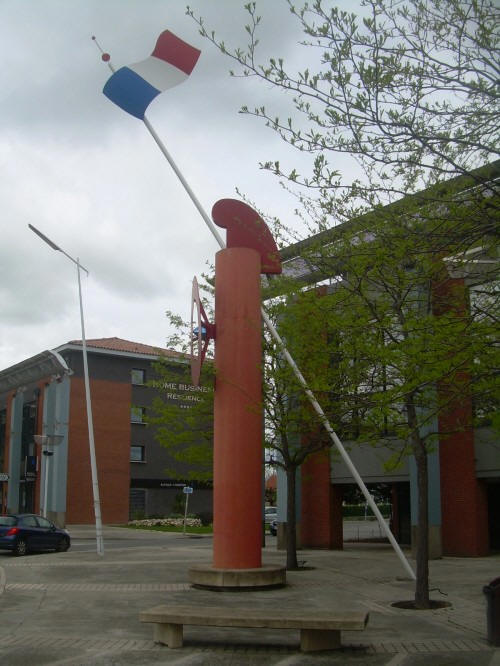
Illuminati Pyramid in Blagnac, France
[The hat of Horus/Baal--Satan/Lucifer.]
Horus
Mithras
Harpocrates
Baal
Greek
US Government
French Revolution
Flags with phrygian caps
Mosaic of Mary and the angels in Sant'Apollinare Nuovo (Ravenna) - Three Wise
Men
The Crosby Garrett Helmet
Hermes-Priapus
in the House of the Vettii (Pompeii)

Illuminati Pyramid in Blagnac, France
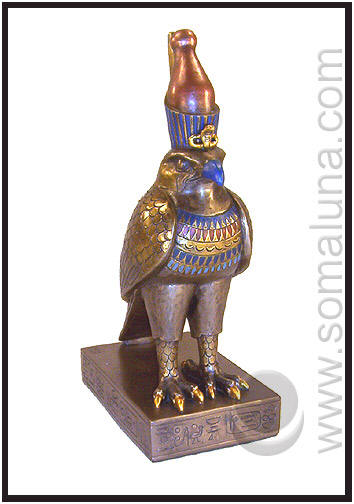
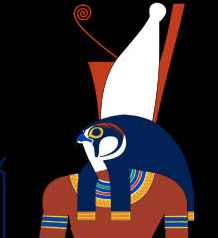
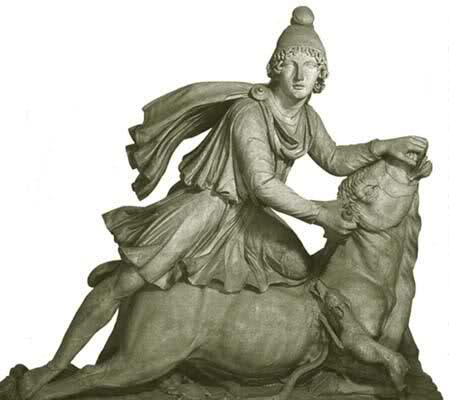
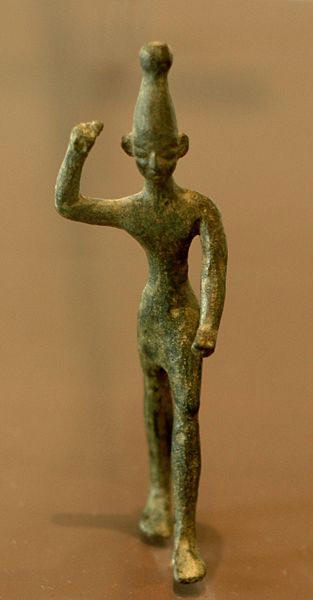
A bronze figurine of Baal, right arm raised is
shown below, dating to 14th-12th centuries, found in Ras Shamra (ancient Ugarit).
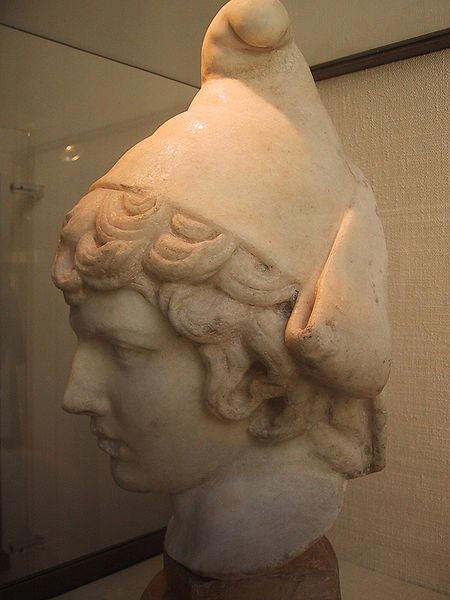
Attis child (marble bust, 2nd century)
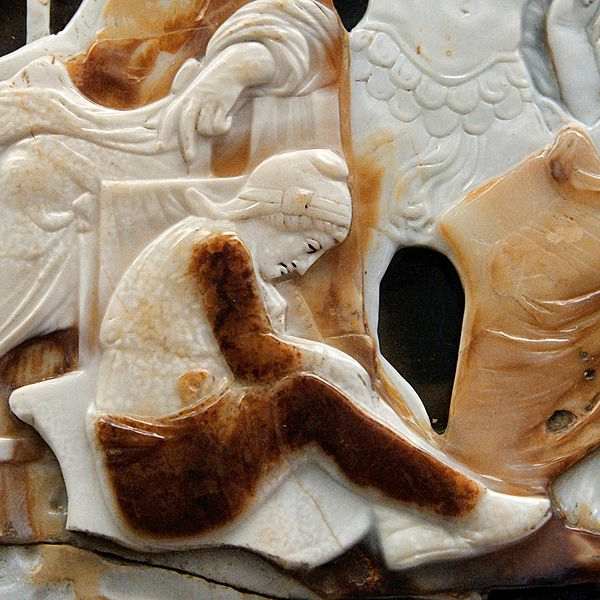
Parthian prisoner wearing a Phrygian cap, detail of
the so-called Great Cameo of France. Five-layered sardonyx cameo, Roman artwork,
second quarter of the 1st century AD.
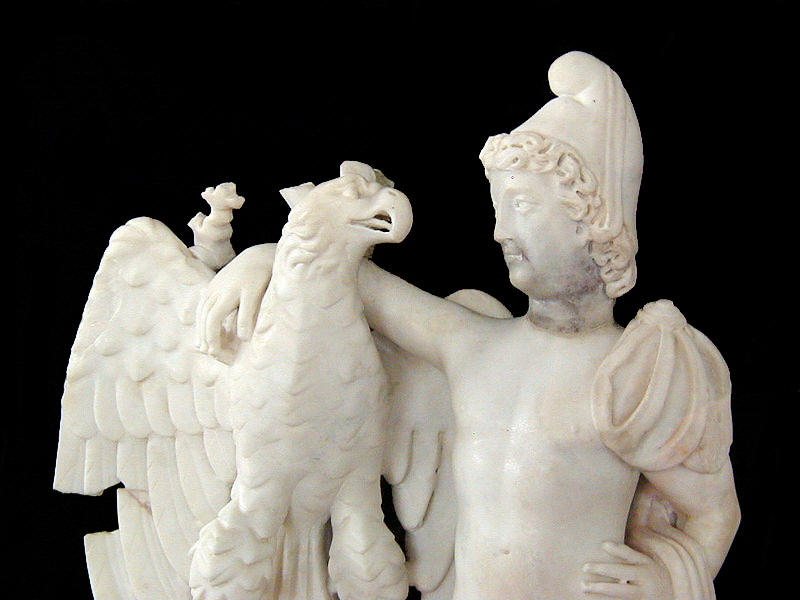
Zeus
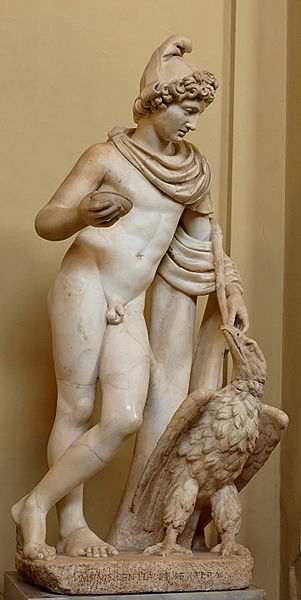
Ganymede wearing the Phrygian cap and Zeus transformed into an eagle. Marble,
Roman artwork of the 2nd century AD after Greek models of the late 4th century
BC and the early Hellenistic era, restored by Bartolomeo Cavaceppi. From the
Quadraro Estate along the Via Tuscolana, 1870.
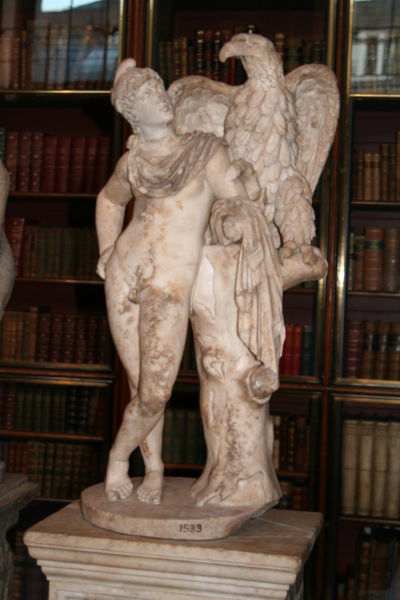
Ganymede and the eagle. Photos taken in the Roman Gallery - British Museum
(London). In Greek mythology, Ganymede was a Trojan prince who became Zeus'
cupbearer and homosexual lover.
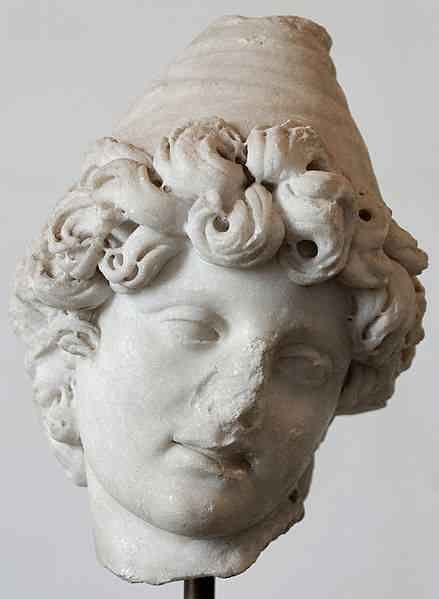
Head of Ganymede with Phrygian hat. Greek insular marble, Roman copy from the
Severian era after a Greek original from the 4th century BC. From the Palatine
Hill.
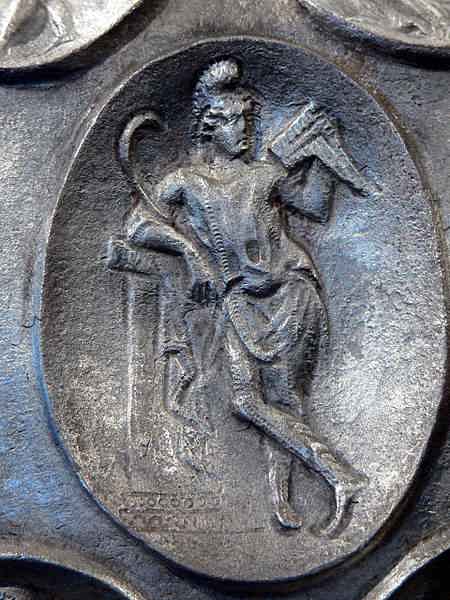
Archaeological museum ( Piombino ). Amphore of Baratti ( 4th century AD ) -
medaillon with Hermes.
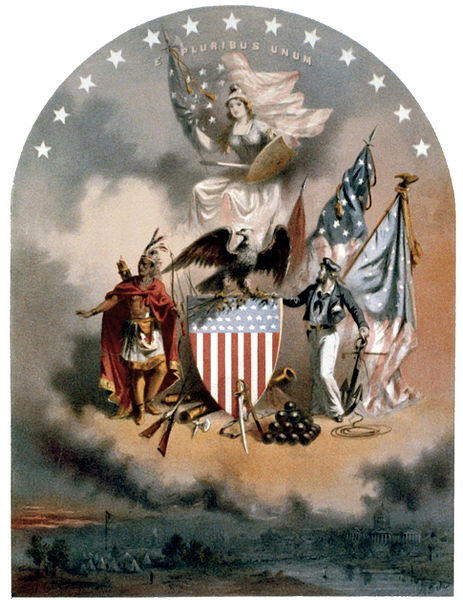
Arms of the United States of America

"The Navy Needs You! Don't READ American History, MAKE IT!" First World War US
propaganda poster by James Montgomery Flag. US Navy sailor addresses civilian
reading about the war in a newspaper. In the sky above them Columbia holds a
sword and flag. A battle ship is in the distance.
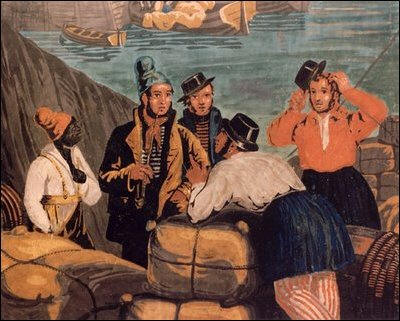
This antique French scenic wallpaper produced by Jean Zuber et Cie in Rixheim
(Alsace), France c. 1834. The Zuber wallpaper, titled Scenes of North America

World War I era US poster by James Montgomery Flagg, 1918, lithograph, color; 56
x 36 cm.
Columbia (female allegorical personification of the United States of America)
broadcasts seeds in a plowed field. Text:"Sow the Seeds of Victory! Plant and
raise your own vegetables"..."Every garden a munition plant". Urging civilians
to raise their own food to free up resources for the war effort.
French Revolution [French Revolution]
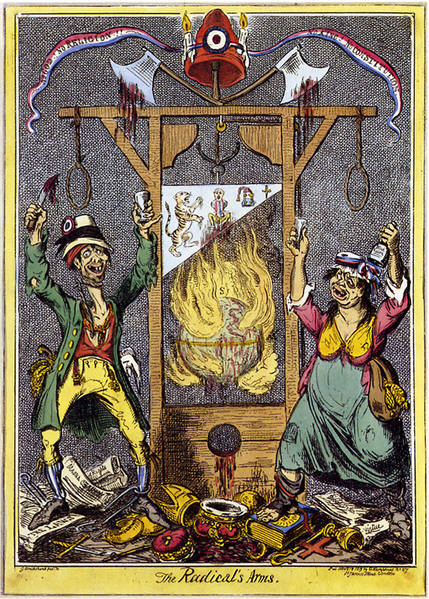
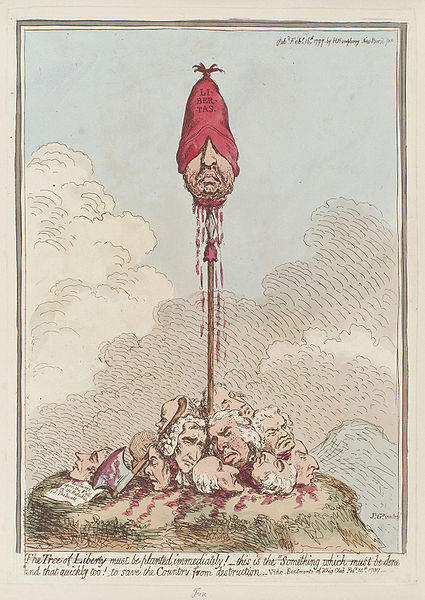
The tree of liberty must be planted immediately!, by James Gillray (died 1815), published 1797. See source website for additional information.
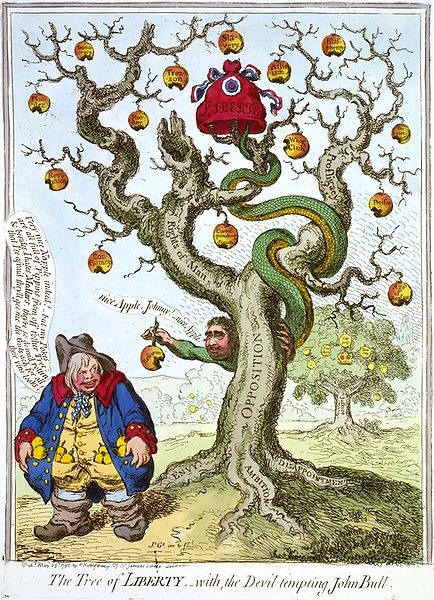
Round a bare and decayed oak tree is twined a serpent with the head of Fox; he holds a damaged apple inscribed "reform" to John Bull, who is fat and his pockets bulge with golden apples. The trunk of the tree is "opposition"; its roots are: envy, ambition, disappointment. Each rotten apple has an inscription: democracy, treason, slavery, etc. In the background is an oak in full leaf: its trunk is "Justice", the roots Commons, King, Lords, the branches Laws and Religion. From it hangs a crown surrounded by apples, some inscribed Freedom, Happiness, Security.
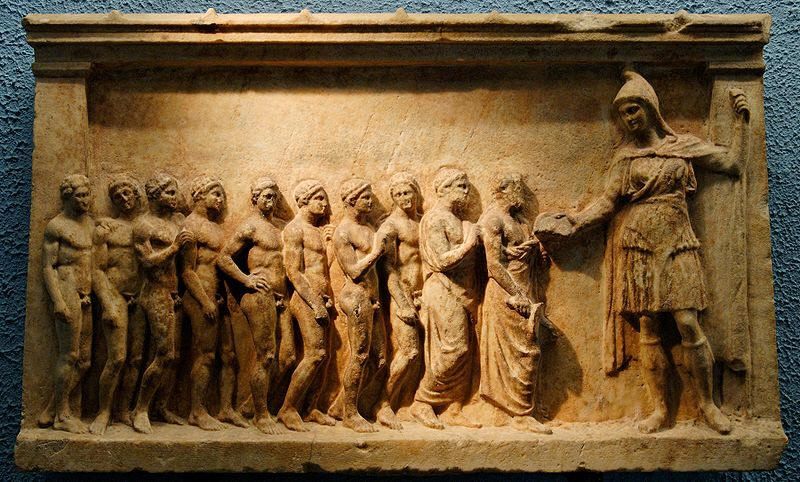
Artemis Bendis (on the right, wearing a Phrygian cap,
a short tunic, high boots and an animal skin) and her followers, maybe athletes
taking part in the torch relay race in honour of the goddess. Marble votive
relief, made in Athens, ca. 400-375 BC. Said to be from Piraeus, more probably
from the area of a sanctuary of Bendis on the Mounichia Hill.
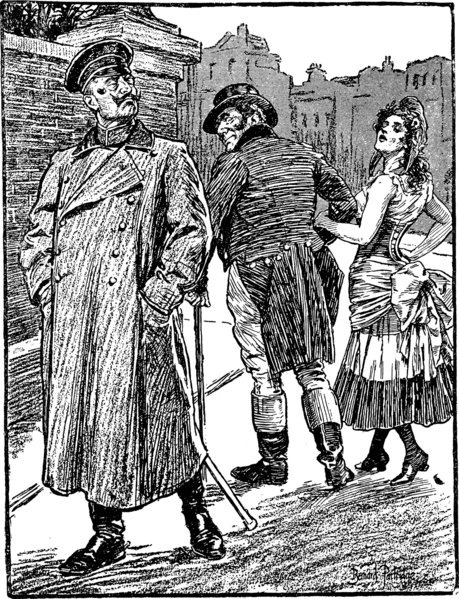
A cartoon apparently expressing a rather sour German point of view on the
British-French "Entente
Cordiale" of 1904 --
John Bull walks off with the trollop France (in her scandalously short
tricolor skirt, whose red and blue colors are indicated by the conventions of
heraldic
"hatching"), while Germany pretends not to care.
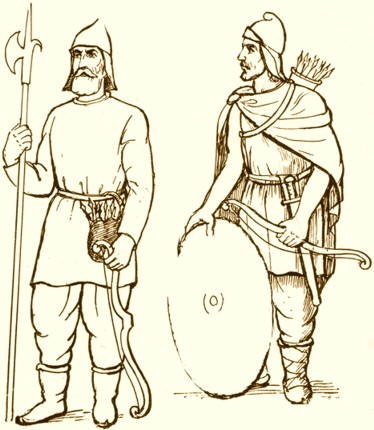
Armenian foot soldiers wearing Phrygian caps.
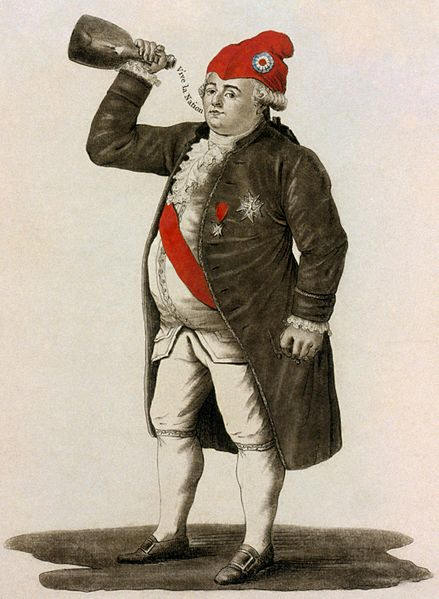
Louis XVI of France wearing a phrygian cap, drinking a toast to the health of the sans-culottes. Etching and mezzotint, with watercolor. Scanned from a photographic slide.
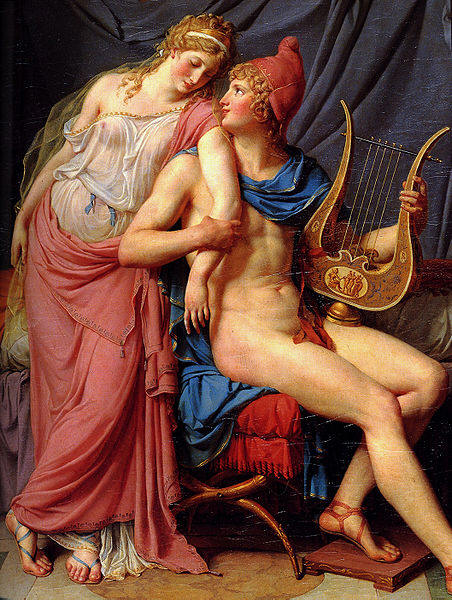
Former collection of the Comte d'Artois (later Charles X of France); seized
during the French Revolution
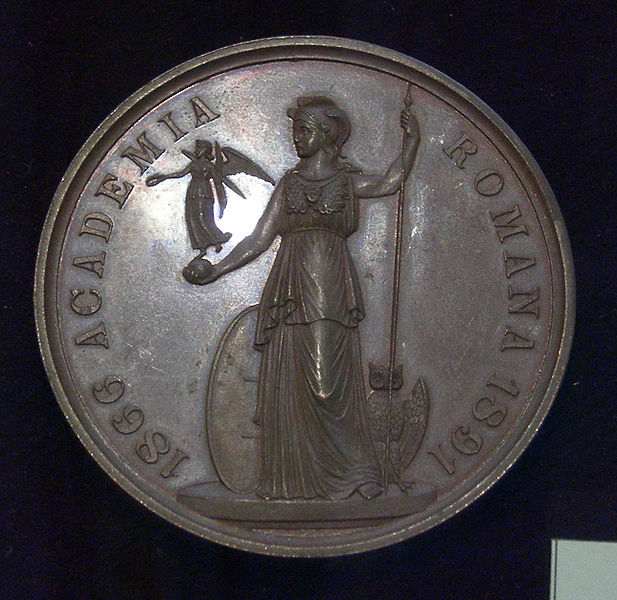
Medal for the 25th anniversary of the Romanian Academy (1866–1891)
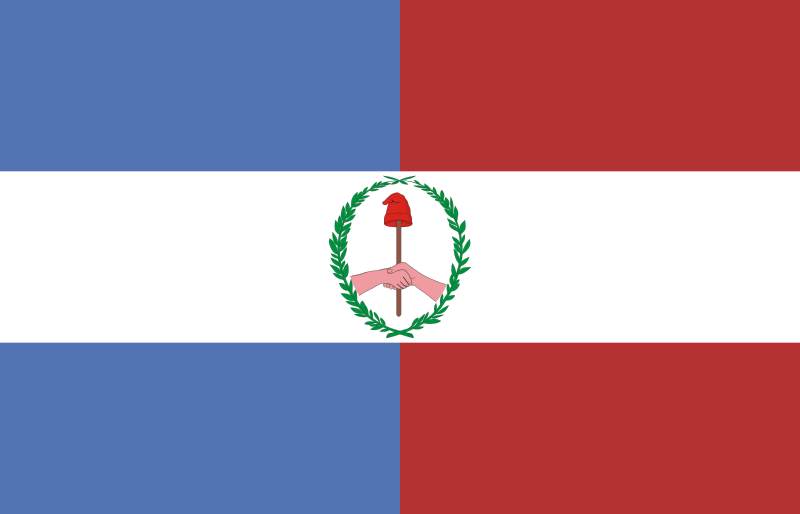
Flag of Entre Rios

Flag of the President of Colombia
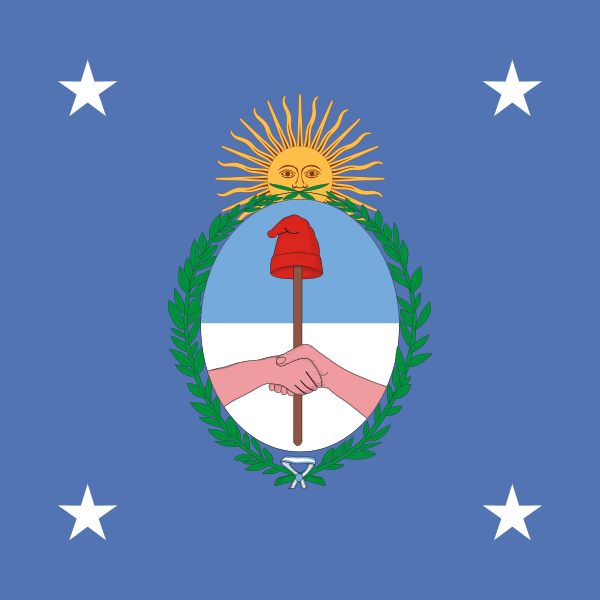
presidential standard of Argentina
Mosaic of Mary and the angels in Sant'Apollinare Nuovo (Ravenna) - Three Wise Men
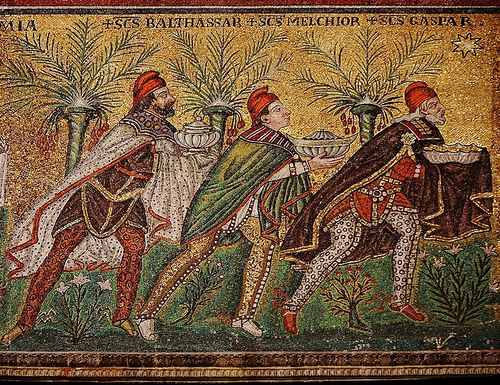
Basilica of Sant'Apollinare Nuovo in Ravenna, Italy: The Three Wise Men" (named
Balthasar, Melchior, and Gaspar). Detail from: "Mary and Child, surrounded by
angels", mosaic of a Ravennate italian-byzantine workshop, completed within 526
AD by the so-called "Master of Sant'Apollinare".
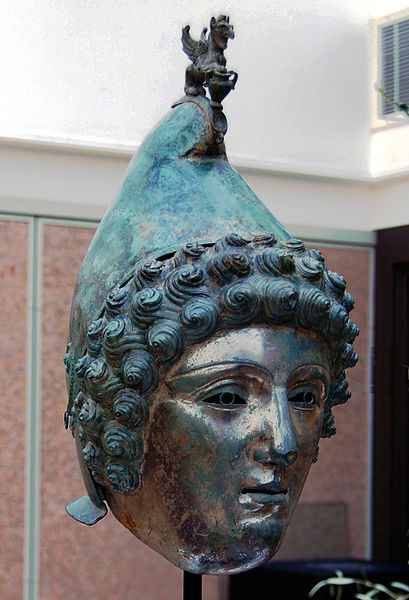
The Crosby Garrett Helmet is a copper alloy Roman helmet dating to the late 1st
to mid 3rd century AD. It was found by an unnamed metal detectorist near Crosby
Garrett in Cumbria, England in May 2010, close to a Roman road, but a distance
from any recorded Roman settlements. Photo by Daniel Pett
Hermes-Priapus in the House of the Vettii (Pompeii)
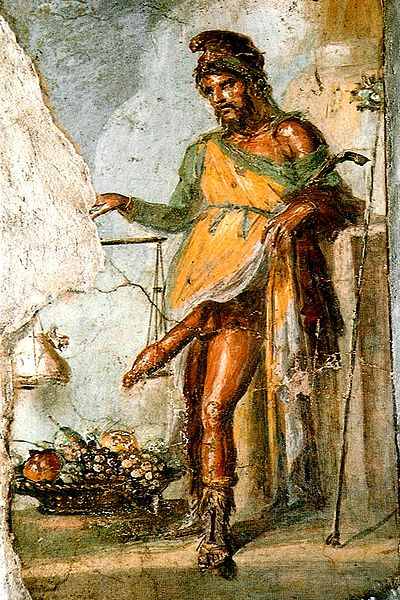
Fresco of Priapus, Casa dei Vettii, Pompeii. Depicted weighing his enormous
erect penis against a bag of gold. Unlike the Greeks, Ancient Romans admired the
large penis of Priapus, although they had a sense of humor about it.
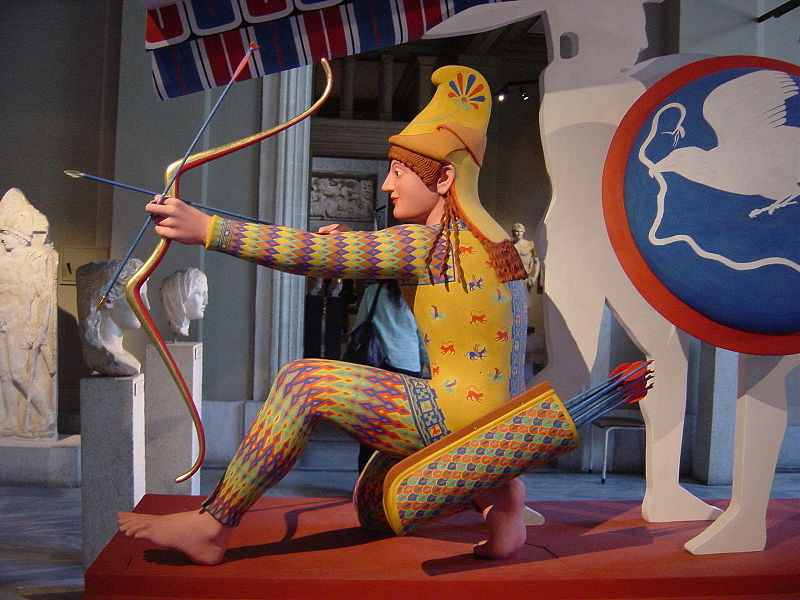
Istanbul Archaeological Museum - A modern reconstruction of the polychromy of
troyan archer of the Temple of Aphaia, ca. 485–480 BC. On a loan from the
Glyptotek in Munich, for the Bunte Götter exhibition. Picture by: Giovanni
Dall'Orto May 28 2006.
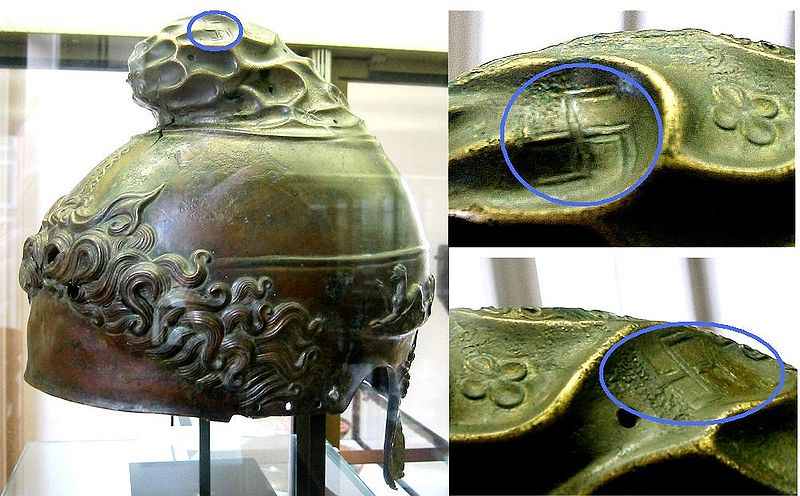
Ancient Greek phrygian helmet with swastika marks,
350-325 BCE, found at Herculanum, Taranto. Personal photograph at the Cabinet
des Medailles, Paris.
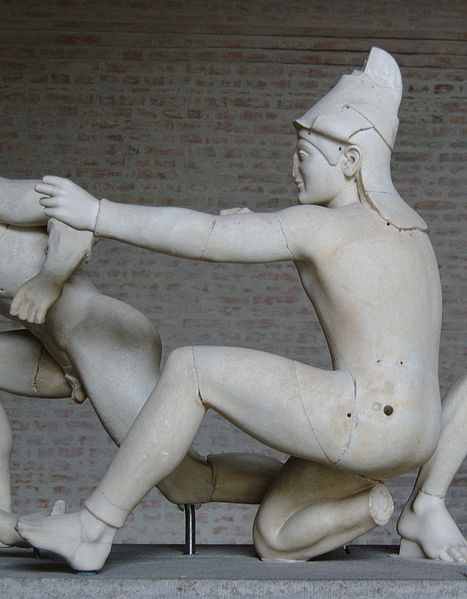
Trojan archer (so called “Paris”), figure W-XI of the west pediment of the
Temple of Aphaia, ca. 505–500 BC.
http://commons.wikimedia.org/wiki/Category:Phrygian_caps?uselang=de